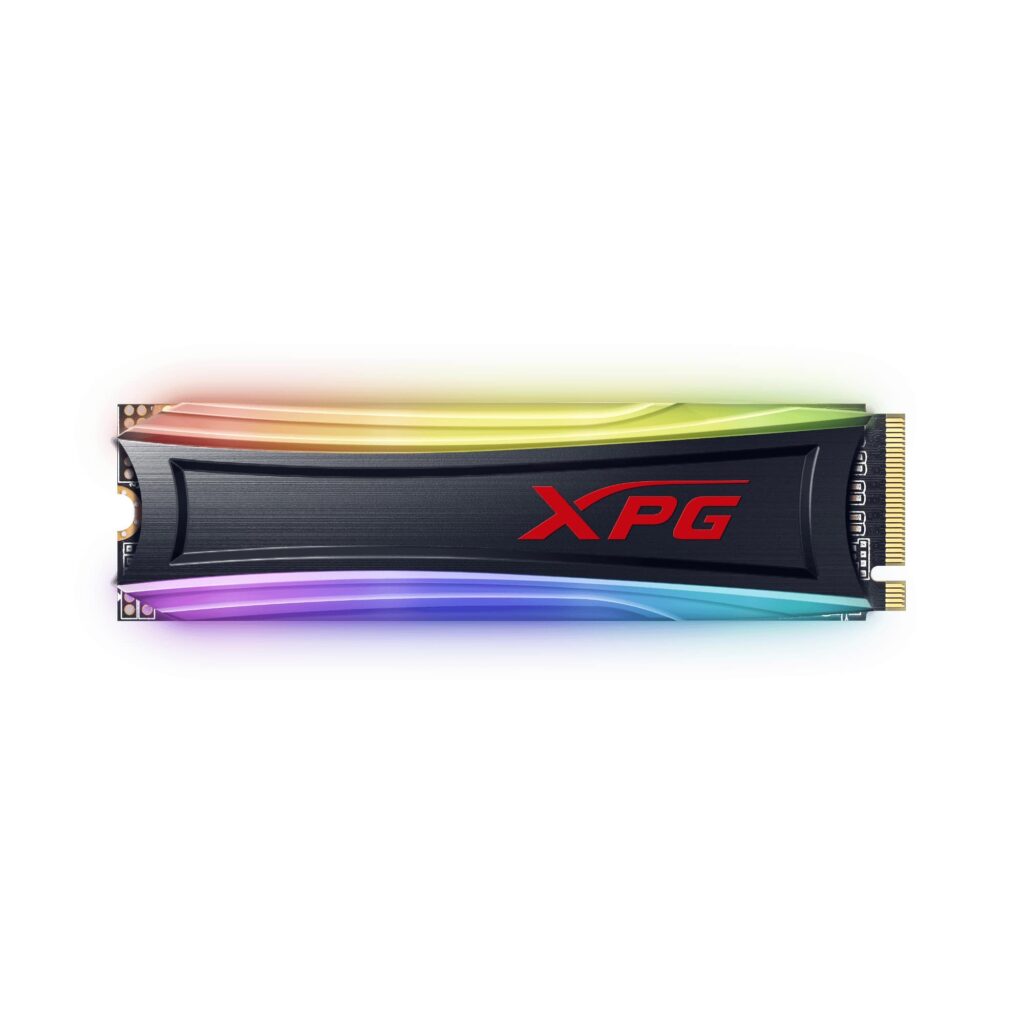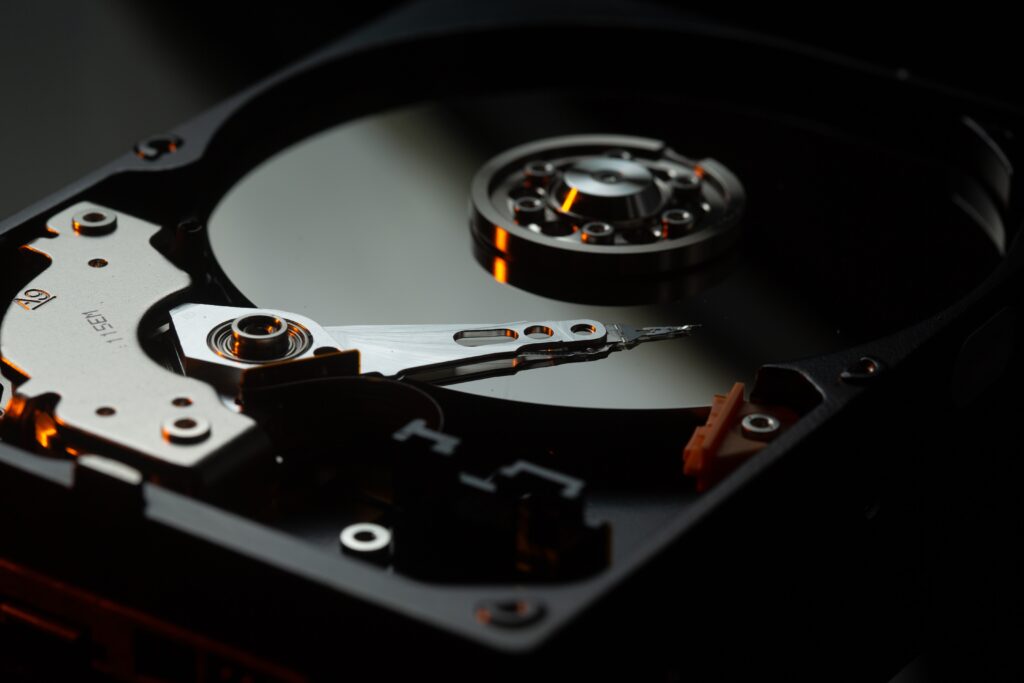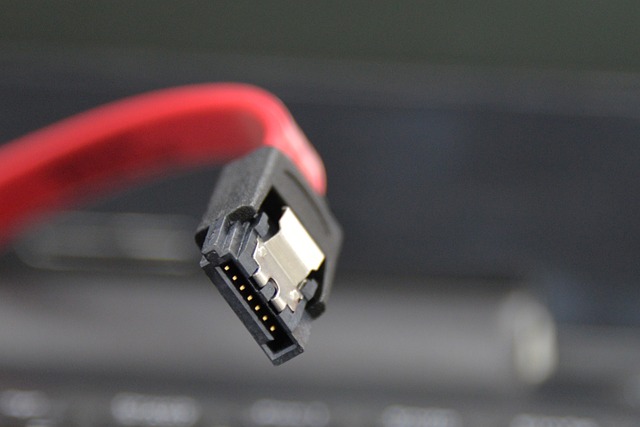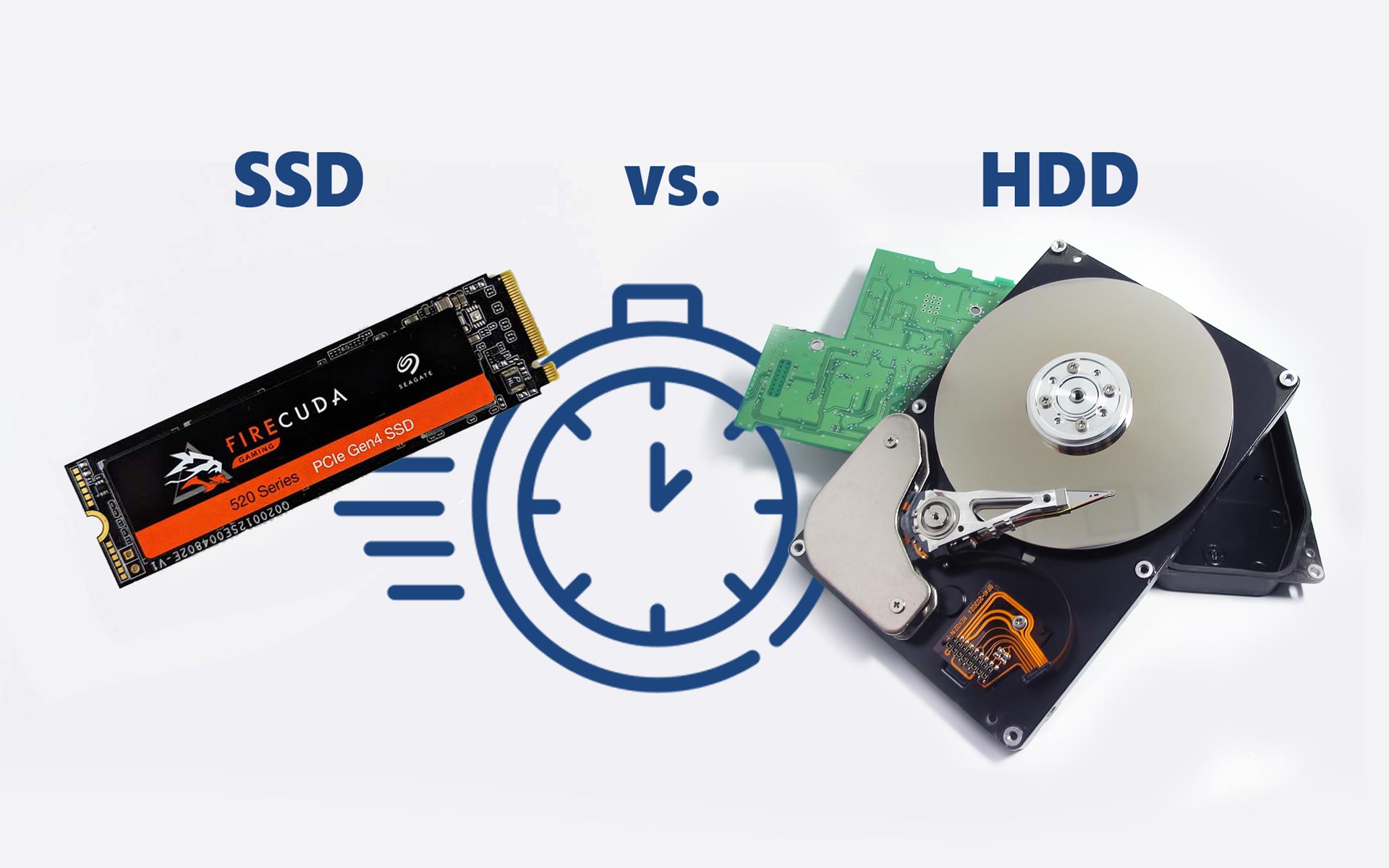Solid State Drives (SSDs) are storage devices that use integrated circuit assemblies to store data persistently. While SSDs are known for their faster data access compared to traditional hard drives, their reliability is a subject of debate. Although they offer improved speed, SSDs do have their own set of issues to consider. Additionally, it is worth noting that while SSDs may provide enhanced performance, they can also be more expensive than conventional hard drives.
Solid state drives are a newer, faster storage device than the traditional hard drive. Unlike hard drives, a solid-state drive disk doesn’t have any moving parts and instead relies on flash memory to store data. This makes them more resistant to physical shocks and vibrations, which can damage or corrupt hard drives. Additionally, for those worried about their data and privacy, SSDs can provide stronger firmware-level encryption.


However, SSDs are just as susceptible to logical corruption as conventional hard drives. As a result, occasionally you could run into problems like “SSD Not Showing Up.” Even recently purchased SSDs showed the same problem, proving that it is not just a problem with older SSDs. While SSDs are generally more reliable than hard drives, they can still fail. When an SSD fails, it can be difficult to recover SSD data. For the ultimate way to monitor and maintain SSD health, start your free trial of Hard Disk Sentinel.
In this blog post, we’ll go over some tips and tricks to help fix your solid-state drive not showing up on Windows, and how to recover any lost data. So if you are having issues with buckle up and get ready to learn how to tackle this annoying situation!
Causes of New SSD Not Showing Up
If your new SSD not showing up worries you, there are several potential issues you might be facing. Not all at once, of course, but better to make sure that all the SSD partitions are functioning perfectly, than to let some faulty hardware cause you to lose SSD files. For a more in-depth guide on your external drive not showing up, click here.
If you can’t find your new SSD, the first step is to open Disk Management to perform a more thorough scan.
To troubleshoot why your SSD isn’t showing up in File Explorer, you can follow these steps:
- Right-click on “This Computer” (or “My Computer”) and select “Manage” from the context menu.
- In the Computer Management window, locate and click on “Disk Management” in the left-hand navigation panel.
- Alternatively, you can easily open Disk Management directly from the Hard Disk Sentinel main window by clicking the “Open Disk Management” button at the top.
- Once in Disk Management, you can examine the list of drives and partitions to identify if your SSD is listed.
- If your SSD is listed, but not assigned a drive letter, you can right-click on it and select “Change Drive Letter and Paths” to assign a drive letter.
- If your SSD is not listed at all, there may be an issue with the connection, power supply, or the SSD itself. In such cases, you may need to check the physical connections, ensure proper power supply, or seek technical assistance.
By following these steps and using the “Open Disk Management” button in Hard Disk Sentinel, you can easily access Disk Management to investigate why your SSD isn’t appearing in File Explorer.
Typical Causes of New SSD Not Showing Up
Let’s explore more situations where your new SSD might not show up. Here are some typical situations where SSDs fail to appear.
SSD Not Formatted
When you connect a new SSD to your computer, there are a few things that can prevent it from showing up.
The most common reason is that the SSD is not properly formatted. In order to use an SSD, it must first be formatted with a file system that your operating system can read.
Windows usually uses the NTFS file system, while Linux uses the EXT4 file system. If your SSD is not formatted with one of these file systems, it will not show up in your computer’s list of drives.
SSD Not Connected
Another possible reason why your new SSD is not showing up is that it is not connected properly. Make sure that the SATA cable is firmly inserted into both the SSD and the motherboard. Also, check to see if the power cable is plugged in correctly. If everything appears to be plugged in correctly and your SSD still does not show up, try restarting your computer.

You Need to Have the Right Permissions
If your new SSD does show up but you’re having difficulty accessing it, make sure that you have permission to access the drive. On Windows, right-click on the drive and select “Properties.” Then click on the “Security” tab and make sure that you have permission to read and write to the drive. On Linux, open a terminal window and type “ls -l /dev/sda1” (replace “sda1” with the name of your drive). This will show you a list of who has permissions to access the drive and what those permissions are.
Faulty Hardware
Finally, if your new SSD still does not show up after trying all of the above steps, it may be a hardware issue. Try connecting the drive to a different computer and see if it shows up there. If not, you may need to replace the drive. For how to check SSD health, check out this link.
Insufficient Power Supply
If your computer’s power supply unit (PSU) doesn’t provide enough power to all the components, including the SSD, it may not receive enough power to function properly. In such cases, the SSD might not show up in Disk Management at all. Ensure that your PSU has enough wattage to support all your hardware components.
Compatibility Issues
In some cases, certain SSD models may have compatibility issues with specific motherboards or controllers. Ensure that your SSD is compatible with your system by checking the manufacturer’s specifications or consulting their support documentation.
The SSD listed as an Unallocated space
Since your SSD doesn’t have a volume, it is listed as an unallocated space. The SSD is therefore missing.
If you want the SSD to appear and function correctly in Windows afterward, you can assign it at least one volume. Furthermore, if the SSD has ever contained data, you should first recover it before creating a volume for it in Disk Management.
Unassigned drive letter
The Windows won’t identify the SSD if the drive letter is absent or the same as that of another disk. As a result, Windows My Computer cannot access the SSD drive.
You can give the SSD a new drive letter to resolve this problem.
SSD not showing up because it is disabled in BIOS
Unfortunately, your SSD could be deactivated in BIOS (or UEFI, an upgrade of BIOS), if it doesn’t appear in Device Manager either (and not because you manually hidden it). It may be re-enabled in the BIOS to appear in Windows 11/10/8/7.
SATA storage controller mode/protocol is wrong
If the data cable is harmed or the connection is wrong, the BIOS won’t recognize an SSD.
Cable connections can occasionally fail, especially with serial ATA cables. Ensure that your SATA cables are securely attached to the SATA port.
If the BIOS is still unable to recognize your SSD, you should try switching the storage controller.
Try to check for comparable options in your manufacturer-specific BIOS menu as each manufacturer’s BIOS menu is different.
You can find the storage controllers under the ‘SATA controller mode option.’ Some systems require a PCIe x4 adapter/riser card for PCIe NVMe M.2 SSD. If all else fails, check to see if your system needs an adapter.
A Few Other Issues with Older SSDs
SSD failure due to wear-out
SSDs have a limited number of write cycles they can endure before the memory cells start to wear out. This limit is referred to as the “endurance” or “lifetime” of the SSD. If you have been consistently performing a high volume of writes to the SSD, it may reach its endurance limit and start to exhibit signs of failure. In such cases, the SSD might become inaccessible and not show up in Disk Management. For how long SSDs last check the link.
Overheating
Continuous heavy write operations generate heat in the SSD, and excessive heat can degrade its performance and reliability. If the SSD overheats frequently due to sustained high write activities, it may trigger a protection mechanism that shuts it down or renders it inaccessible. Consequently, the SSD may not appear in Disk Management. To learn the safe hard drive temps, read this article.
File system corruption
Intense write activity can increase the chances of file system corruption on the SSD. If the file system becomes corrupted, the SSD may not be recognized by the operating system, leading to it not appearing in Disk Management. In such cases, a file system repair or reformatting might be required to resolve the issue.
Solutions to Fix SSD Not Showing Up
Now that we have gone through the issues that may occur, and why they occur, let’s see how we can fix SSD not showing up in Windows disk management! The next few solutions
Solution 1: SSD not showing up because it is not initialized
If your new SSD not showing up in Windows Explorer, it might just not be initialized yet. In order for Logical Disk Manager to access a disk, you need to initialize SSD.
You can try to connect the SSD data to another functional PC to see if it corrects the issue. If not, Windows 10 will require you to initialize SSD.
Here’s how you do it:
Start your computer’s Disk Management program.
Locate the SSD you wish to initialize, right-click it, and select “Initialize Disk”.
Choose the disk(s) to initialize in the Initialize Disk dialog box. You can choose between using the GUID partition table (GPT) or the master boot record (MBR) partition style.
Your new SSD should now be working smoothly with no hick-ups.
Solution 2: SSD is listed as an Unallocated space
Another possibility is that even if the SSD shows up as online, the entire drive is “unallocated”.
Disk Management will only display the free space in this case and not all the SSD’s partitions. How can unallocated SSD in Windows 10/8/7 be fixed? Recovering the lost partitions and data should be your first step in order to allot space on the SSD.
The unallocated SSD must then be given a volume.
This is how:
Right-click the free space on your SSD, choose New Simple Volume, and then click Next.
Enter the volume’s desired size in MB, or just accept the default. After that, click Next.
Decide on the SSD drive letter, then click Next.
Format the volume with default settings > Next > Finish.
Your allotted drive letter should fix SSD not showing up in Windows disk management now.
Solution 3: SSD not showing up because it is missing a drive letter
Your SSD could occasionally disappear because the Windows OS cannot identify it as the SSD’s drive letter is missing or conflicts with another disk. This issue may be fixed by manually giving a new drive letter to the SSD in Windows Disk Management.
Follow these instructions to give the SSD a new drive letter:
Right-click on “This PC” and click “Manage”. Open “Disk Management” in the Storage section.
Right-click on the SSD partition and click “Change Drive Letter and Paths…
Click the “Change” button, then pick a drive letter from the list. To confirm, click “OK”.
Once the drive letter assigned is all set up, your new SSD should be working flawlessly.
Solution 4: SSD Not Showing Up Due to Disk Driver Problems
Another scenario is where the SSD is found but not seen in “My Computer”. This occurs as a result of improper disk drive installation. To see whether this resolves the SSD not detected issue, you may try to reinstall the SSD driver. To fix the file system issues:
Right-click “This PC” and choose “Manage”. Click “Device Manager” in the System Tools section.You can also go to Hard Disk Sentinel to easily access the Device Manager with just one click.
Click Disk drives. The linked storage devices to your PC should be listed there.
Click the SSD and select “Uninstall device” from the context menu.
Disconnect the SSD, then restart your computer. To see whether Windows 10 sees the SSD as usual, try connecting it again.
Another possibility for disk driver issues is outdated SSD driver version.
An outdated driver can make devices malfunction and may be the reason Windows is having trouble recognizing your SSD. The storage controller drivers need to be updated.
Open Device Manager from the Start Menu. Look for the Storage controllers and expand the group.
Click Update Driver from the context menu of the storage controller.
Select Search automatically for updated driver software, and then ‘OK’.
Of course, Windows search functions do not always (or even most of the time) locate the correct driver. It’s better to do one of two things:
- Use Hard Disk Sentinel’s Driver Zone page to find the correct driver.
- Go to the manufacturer’s website to look for a new driver.
When updates become available, Windows will automatically install them. After restarting your computer, you may check to see if Windows 10 has now recognized your SSD by using File Explorer or the Disk Management tool.
Solution 5: SSD Does Not Appear Because The File System Is Unsupported
You must address the issue as soon as possible if the appropriate file system errors are mostly shown as “RAW”, “Free space”, or “Unallocated space”. Reformatting the disk would be sufficient to address the file system problems.
Reminder: Formatting a disk will entirely remove any data on it.
Click Format when you right-click the SSD in Disk Management.
Select a file system, such as NTFS or exFAT.
Check the ‘Perform a quick format’ box and click ‘OK’.
Solution 6: SSD disabled in BIOS
To launch the BIOS settings, restart your computer while simultaneously pressing one of the BIOS keys (mentioned below).
Turn on or set to Enabled the SATA port of your SSD if it is currently disabled in BIOS Setup.
Start your computer again.
The BIOS keys that the manufacturers pre-programmed into the BIOS Setup Utility for common PC models are listed below:
- Acer: Press F2 or DEL
- Dell: Press F2 or F12
- HP: Press F10 or ESC
- Lenovo: Press F1 or F2
To try to fix SSD not showing up in Windows, follow these steps:
Restart your computer, hit the key indicated, and then press “Enter” to enter “Config.”
Select “Serial ATA” and hit “Enter.” The “SATA Controller Mode Option” will appear. Then, choose “IDE Compatibility Mode.”
Depending the actual configuration, AHCI or RAID mode may be required.
Save your modifications, then restart your computer to enter BIOS, where your SSD should now be visible.
If your new SSD is not showing up in BIOS, it may not be connected to your computer properly or may already be damaged. Try to remove / disconnect and then re-connect the SSD.
To do a thorough inspection, you can examine the interface of the SSD.
- External SSD:
- Connect the external SSD to a USB 3.0 port. Most external SSDs require higher power for optimal performance and may not receive sufficient power from USB 2.0 ports.
- If the external SSD remains unrecognized, try another USB port to check for a malfunctioning port.
- Internal SSD:
- Identify the type of SSD, particularly if it’s an M.2 SSD.
- Verify if your motherboard supports M.2 SSDs and has the necessary M.2 slot for your specific SSD.
- By using a USB 3.0 port for external SSDs, you prevent potential power-related issues that can lead to failures or improper functioning.
How to Recover Deleted Files from a Non-Functional SSD
If you notice your SSD not showing up, there are a few things you can do to try and fix the issue and recover SSD data.
First, check to make sure that the SSD is properly connected to your computer. If it is, then you can try resetting the drive by unplugging it from the power source and then plugging it back in. You can also try connecting the SSD to a different port on your computer.
If the above steps don’t work, then you can try using data recovery software to recover files from your SSD. Once you have recovered your data, you can then format the SSD and use it again.
Please note that the internal TRIM function of the SSDs may immediately free up the sectors of the files when deleted. This can cause the deleted files to be permanently removed and sadly, not even a professional data recovery software will be able to recover them.
Conclusion
When encountering the issue of a new SSD not showing up in Disk Management, it is crucial to focus on the underlying causes to address the problem effectively.
By focusing on these real issues and taking appropriate measures, such as optimizing operating temperatures, ensuring sufficient power, and staying up-to-date with firmware updates, you can improve the status of your new SSD and prevent potential problems, ensuring it is successfully recognized in Disk Management.
Hard Disk Sentinel (HDSentinel) is a potent tool that can assist in preventing issues with new SSDs, such as the SSD not appearing in Disk Management on a PC. The software’s primary function is to find, test, diagnose, and rectify hard disk drive problems, including SSDs. It provides a comprehensive report on SSD and HDD health, performance degradation, and failures, ensuring the maximum safety of your data. You can deploy Hard Disk Sentinel on new SSDs to test their health.
If you want to check on your SSD disk and make sure it is running smoothly, check out www.hdsentinel.com to monitor and diagnose the health and performance of the SSD drives.







